
 |
|
#391
|
|||
|
|||
|
In keeping with the thread's title topic, the following documents are essential reading for the sim developers or anyone wishing to understand the performance of the Hurricane I during the Battle of Britain.
  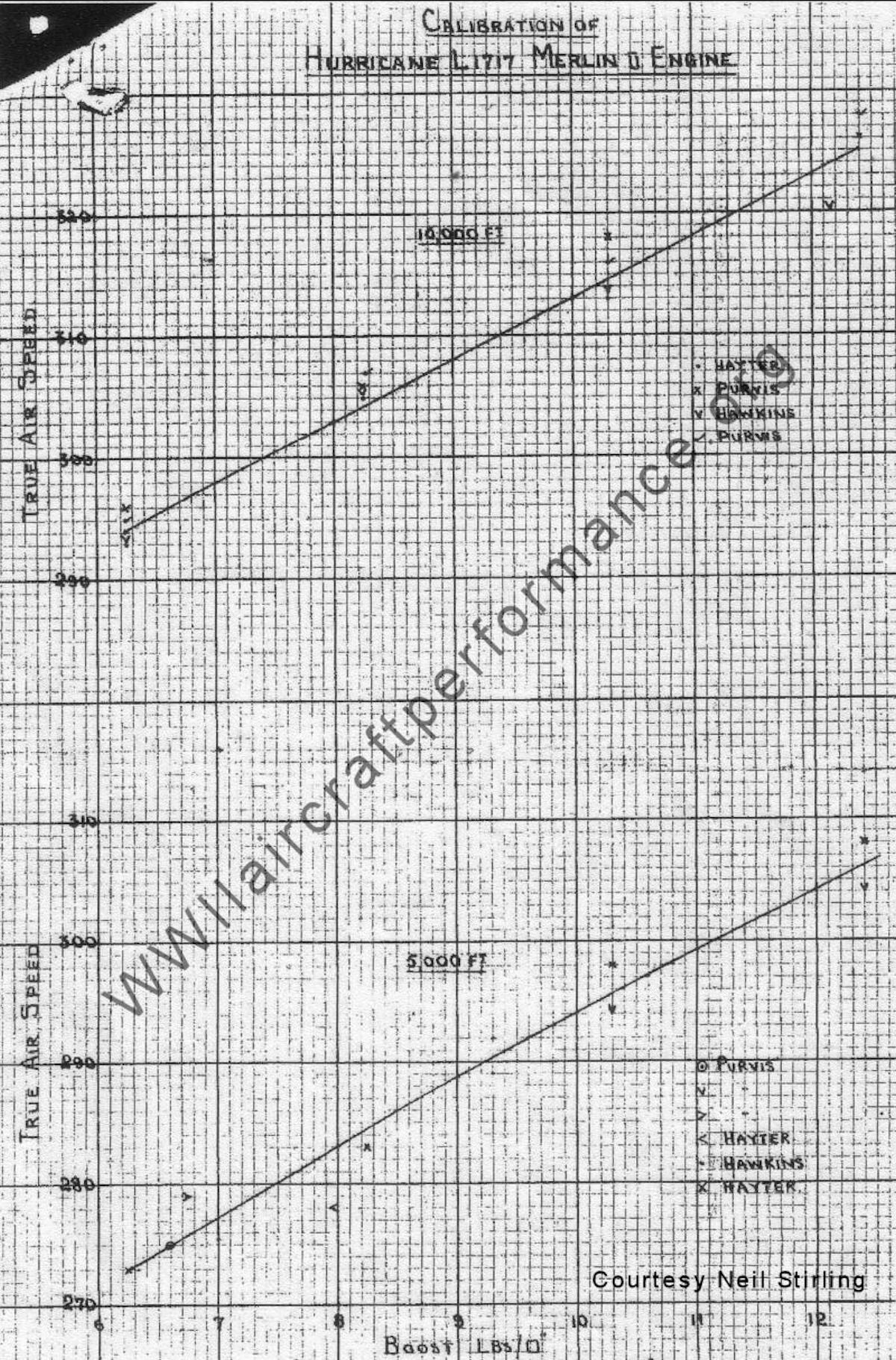 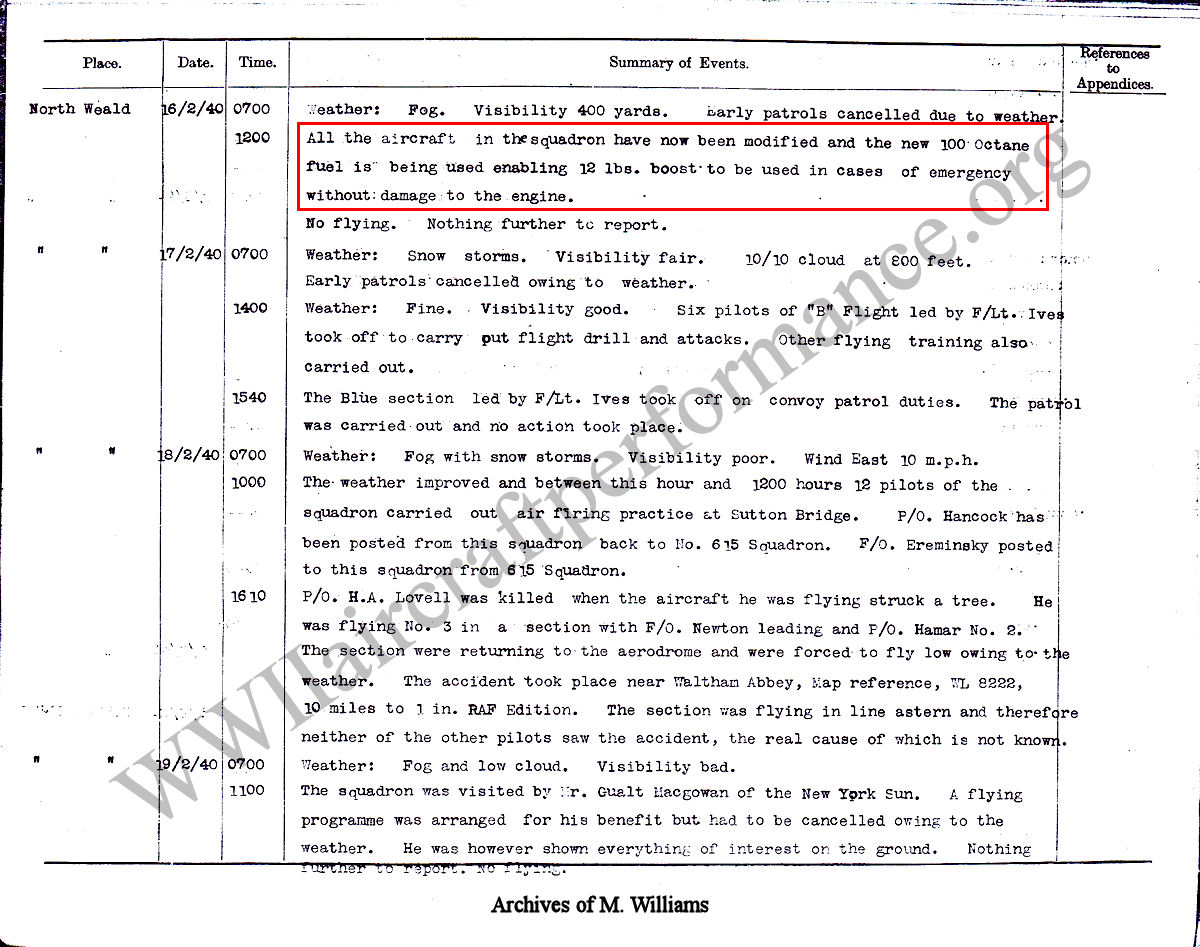  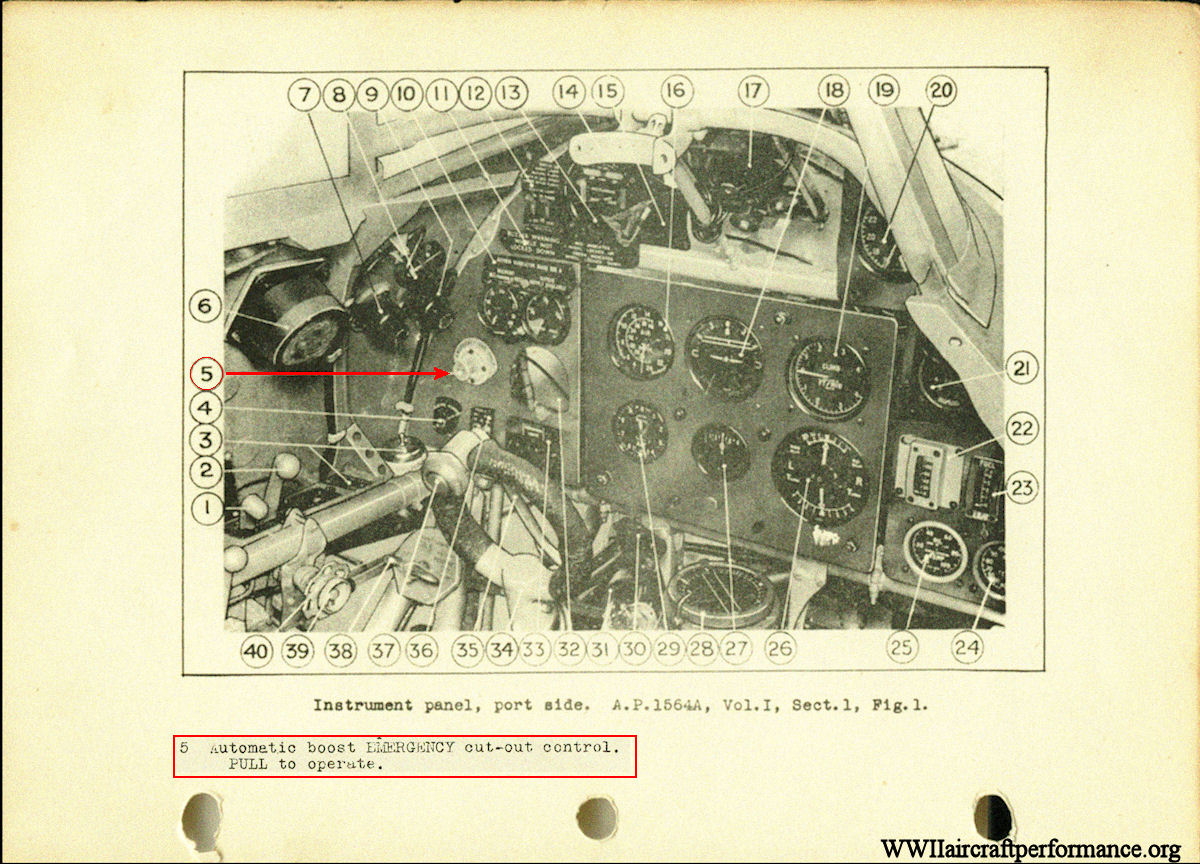  Pilot's Notes, Merlin II, III and IV, 4th Edition, April 1940, page 6. 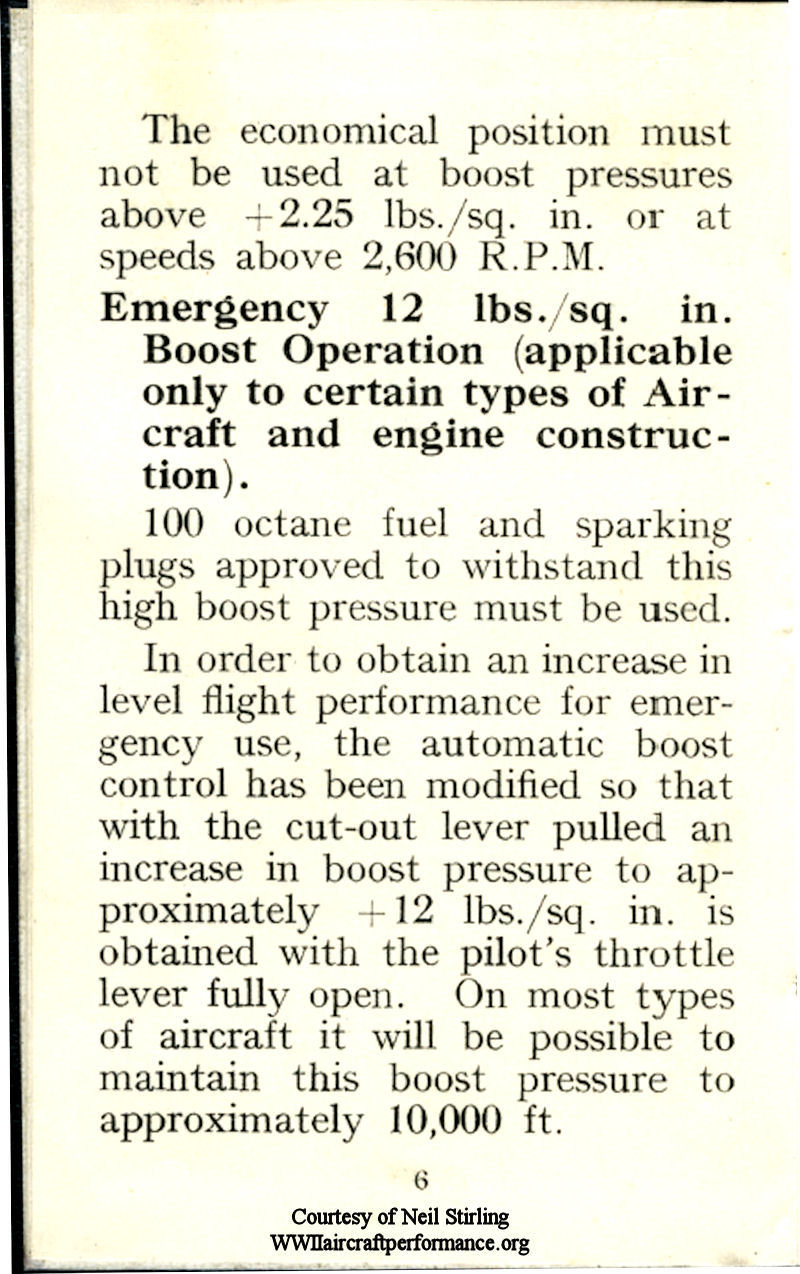 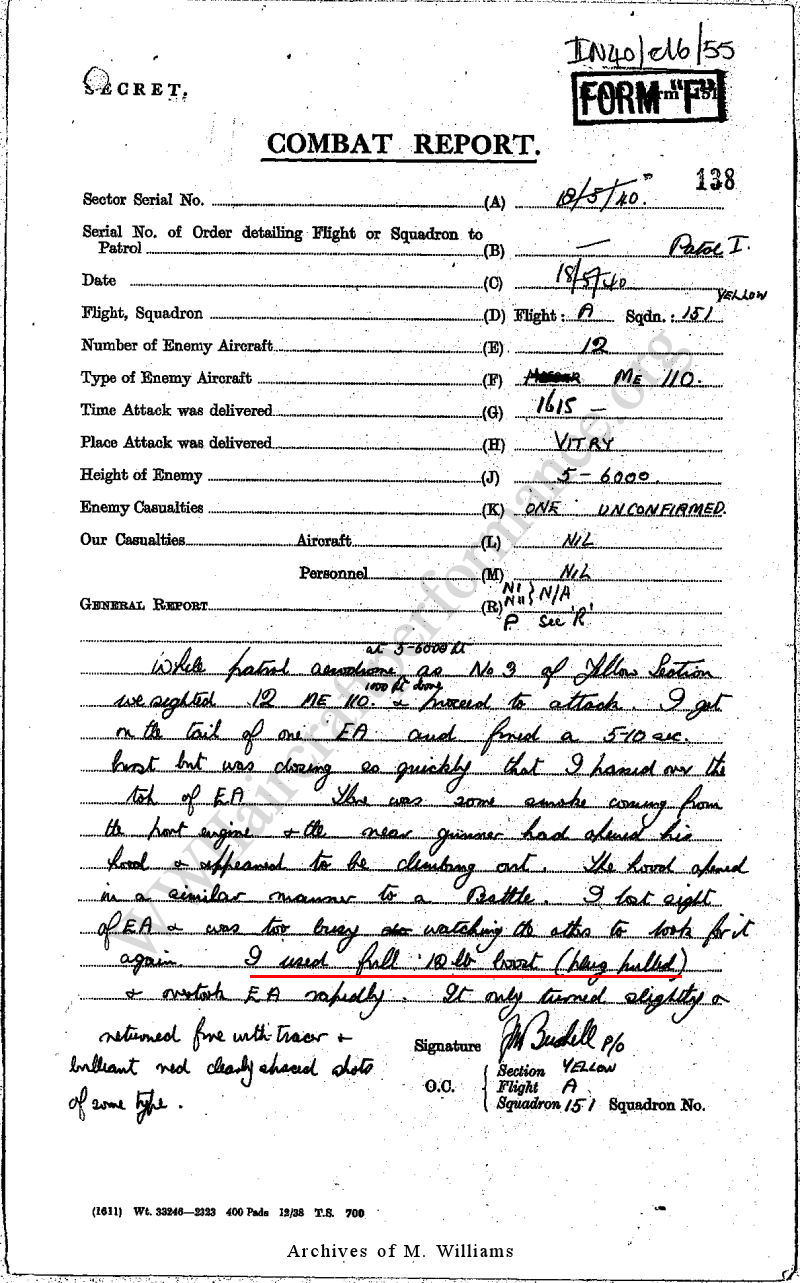  
|
|
#392
|
|||
|
|||
|
Quote:
|
|
#393
|
|||
|
|||
|
Quote:
Whats surprise me though that unlike today, the editors of Flight at the time clearly had the courage to put some distance between them and PR articles, regardless of their paper's interests in advertisement fees. I am not sure they would have the same backbone today.
__________________
Il-2Bugtracker: Feature #200: Missing 100 octane subtypes of Bf 109E and Bf 110C http://www.il2bugtracker.com/issues/200 Il-2Bugtracker: Bug #415: Spitfire Mk I, Ia, and Mk II: Stability and Control http://www.il2bugtracker.com/issues/415 Kurfürst - Your resource site on Bf 109 performance! http://kurfurst.org 
|
|
#394
|
|||
|
|||
|
Quote:
So I guess that means that while Tomcat thinks Flight is a load of P R crap, apart from the articles he favours, Barbi knows that they are better than that and more reliable than Cyril Lovesy, who was just putting out propaganda for R-R. This is the same person who believes in a so far non-existent February 1941 memo, issued, supposedly, by Lord Beaverbrook of the Ministry of Aircraft Production, which says to the non-existent Australian Military Commission in London that stocks of 100 Octane were so perilous that Fighter Command had to revert back to 87; which just happens to be contradicted by this paper, issued by Lord Beaverbrook, head of MAP in October 1940 Quote:
|
|
#395
|
|||
|
|||
|
Well I tend to think you compensate for you lack of reading comprehension skills with a considerable amount of wishful thinking, but that's just my opinion.
At the same time, its such a pity that your theory about universal use of 100 octane by RAF FC lacks any documentary evidence that you manage to work up yourself when other people are not entirely convinced by R-R's ' load of P R crap' as you put it. Its a curious thing though that knowledge man on R-R's payroll were spending time on these PR articles about the disadvantages of direct fuel injection, and how less displacement is better, everyone went to direct fuel injection eventually, and R-R was working hard to finish the Griffon with a displacement similar to the DB and Hispano-Suiza engines.
__________________
Il-2Bugtracker: Feature #200: Missing 100 octane subtypes of Bf 109E and Bf 110C http://www.il2bugtracker.com/issues/200 Il-2Bugtracker: Bug #415: Spitfire Mk I, Ia, and Mk II: Stability and Control http://www.il2bugtracker.com/issues/415 Kurfürst - Your resource site on Bf 109 performance! http://kurfurst.org 
Last edited by Kurfürst; 02-26-2012 at 06:44 PM. |
|
#396
|
||||
|
||||
|
Quote:
It's easy, look for the person that has to resort to name calling (perfect example quoted above) Why you ask? Simple they do this to take the focus of the fact that they are wrong by trying to get the person or persons they are replying to to respond in kind (call them names) and turn the thread into a mud slinging match and hopefully get it locked.
__________________
Theres a reason for instrumenting a plane for test..
That being a pilots's 'perception' of what is going on can be very different from what is 'actually' going on. Last edited by ACE-OF-ACES; 02-28-2012 at 02:41 PM. |
|
#397
|
|||
|
|||
|
Quote:
Or any comments on the War Cabinet who clearly didn't decide to stop the roll out of 100 Octane as per the paper that the Australian Records cannot find? |
|
#398
|
|||
|
|||
|
[QUOTE=Glider;394576]
Quote:
__________________
Il-2Bugtracker: Feature #200: Missing 100 octane subtypes of Bf 109E and Bf 110C http://www.il2bugtracker.com/issues/200 Il-2Bugtracker: Bug #415: Spitfire Mk I, Ia, and Mk II: Stability and Control http://www.il2bugtracker.com/issues/415 Kurfürst - Your resource site on Bf 109 performance! http://kurfurst.org 
|
|
#399
|
|||
|
|||
|
[QUOTE=Kurfürst;394577]I admit, I laughed out loud when I saw this.
The minutes of the War Cabinet, the minutes that are on line (all of them), the ones I gave you the file number to look up. The same War Cabinet that Pips insisted stopped the roll out in May, that decided to make 87 octane the primary fuel. Tragically for your case, the minutes don't mention these decisions at all. As sources go, I would suggest that the official minutes of the War Cabinet are a pretty good source to prove or disprove that statement of Pips PS I am still waiting for your comments about how the fuel reserves went up from May to August without any tankers getting through. PPS I can confirm that the original paper papers from the War Cabinet are the same as the on line ones. I went through the originals before they were made avaialble on line |
|
#400
|
||||||
|
||||||
|
[QUOTE=Glider;394588]
Quote:
So I ask you for the third time: can you give us a source where you claim that "the War Cabinet who clearly didn't decide to stop the roll out of 100 Octane". YES / NO. So far your standpoint can be summerized as denial of, from a position of complete ignorance, the existence of a paper in the Australian War Memorial archives that was found and summarized by a researcher there, based on papers you have never seen in your life and completely unaware of their contents, but assume they say want you want them to say. Quote:
Quote:
Quote:
This is from a researcher, researching another subject (Dutch East Indies Fuel levels prior to the Japanese Invasion) at the Australian War Memorial Archives, from a document, copied to the Australian Military Commission in England in February 1941, by Roll Royce to Lord Beaverbrook outlining past, current and proposed changes to the Merlin; and factors that affect it's performance. It was a collection of lose-leaf typed pages, included as an addendum in a report titled Fuel Supplies to The British Empire And It's Commonwealth; Outlook, Ramifications and Projections For The Prosecution Of The War. The reason why it is included amongst AWM papers is because the Australian Government at that time was protesting vigoriously about the continued supply of lower grade 87 octane fuel when it too wanted 100 octane for the RAAF. McFarland, Pugh, Hart, Perret, Lumsden and even Churchill have all quoted parts from the report. The first bulk shipment of 100 octane fuel had arrived in Britain in June 1939 from the Esso refinery in Aruba. This and subsequent tanker shipments from Aruba, Curacao and the USA were stockpiled while the RAF continued to operate on 87 octane petrol. Having secured what were considered reasonably sufficient quantities of 100 octane, Fighter Command began converting its engines to this standard in March 1940, allowing boost (manifold) pressures to be raised without the risk of detonation in the cylinders. This initial increase in maximum boost from 6 lb to 9 lb delivered a useful power growth of around 130hp at the rated altitude. By the time of the invasion of the Low Countries by Germany in May 1940 the RAF had converted approximately 25 % of it's total fighter force to 100 octane fuel use. The subsequent escalation in air activity and demands placed upon Fighter Command over the next two months put great strain on both the 100 octane fuel stockpiles and aircraft modified to use the fuel. Against the backdrop of total war the RAF found that it's reserves of 100 octane fuel was well below the level considered necessary for widespread use, for any sustained length of time. Two actions were immediately undertaken by the British War Cabinet in May to resolve the looming crisis. Firstly 87 octane fuel was deemed the primary fuel source to be used until further supplies could be discovered and delivered in sufficient quantities to allow the Merlin conversions to again take place. Those existing fighters already so converted (approximately 125) would continue to use what supplies of 100 octane were available, but all other fighters that had not been modified to continue with the use of 87 octane (of which there was more than adequate supply). The second action was for the British Government to contract the Shell Oil Refining Company to assist the British-controlled Iraqi Petroleum Company at Kirkuk to produce 100 octane fuel. This arrangement proved quite successful as production was quickly converted to 100 octane fuel. The first Middle East shipment of 100 octane fuel arrived in Portsmouth on 12th August, with a further two deliveries in September and four in October. Although too late to allow widespread conversion for the use of the fuel the deliveries did ensure that from this point on Britain would not be lacking in 100 octane fuel levels. With the newfound supply RAF Fighter Command again embarked upon a Merlin II and III conversion to 100 octane use from late September, finally achieving 100% conversion of it's fighter force by the end of November in 1940. Quote:
I am sure tankers got through. And a large number of them were sunk, as noted by secondary sources. This seems to have been worrying the British somewhat, since by that time the Germans has sunk about 10% of the British tanker fleet, and twice as many tankers that was under construction (19) in Britain. And I am still waiting for your comments as to wheter you found a decision that would say the whole of Fighter Command is to convert to 100 octane fuel. A simple YES / NO will do, because you seem to be very keen on asking questions, excellent at making up stories, but absolutely terrible in answering the questions asked. Quote:
__________________
Il-2Bugtracker: Feature #200: Missing 100 octane subtypes of Bf 109E and Bf 110C http://www.il2bugtracker.com/issues/200 Il-2Bugtracker: Bug #415: Spitfire Mk I, Ia, and Mk II: Stability and Control http://www.il2bugtracker.com/issues/415 Kurfürst - Your resource site on Bf 109 performance! http://kurfurst.org 
Last edited by Kurfürst; 02-28-2012 at 02:28 PM. |
 |
|
|